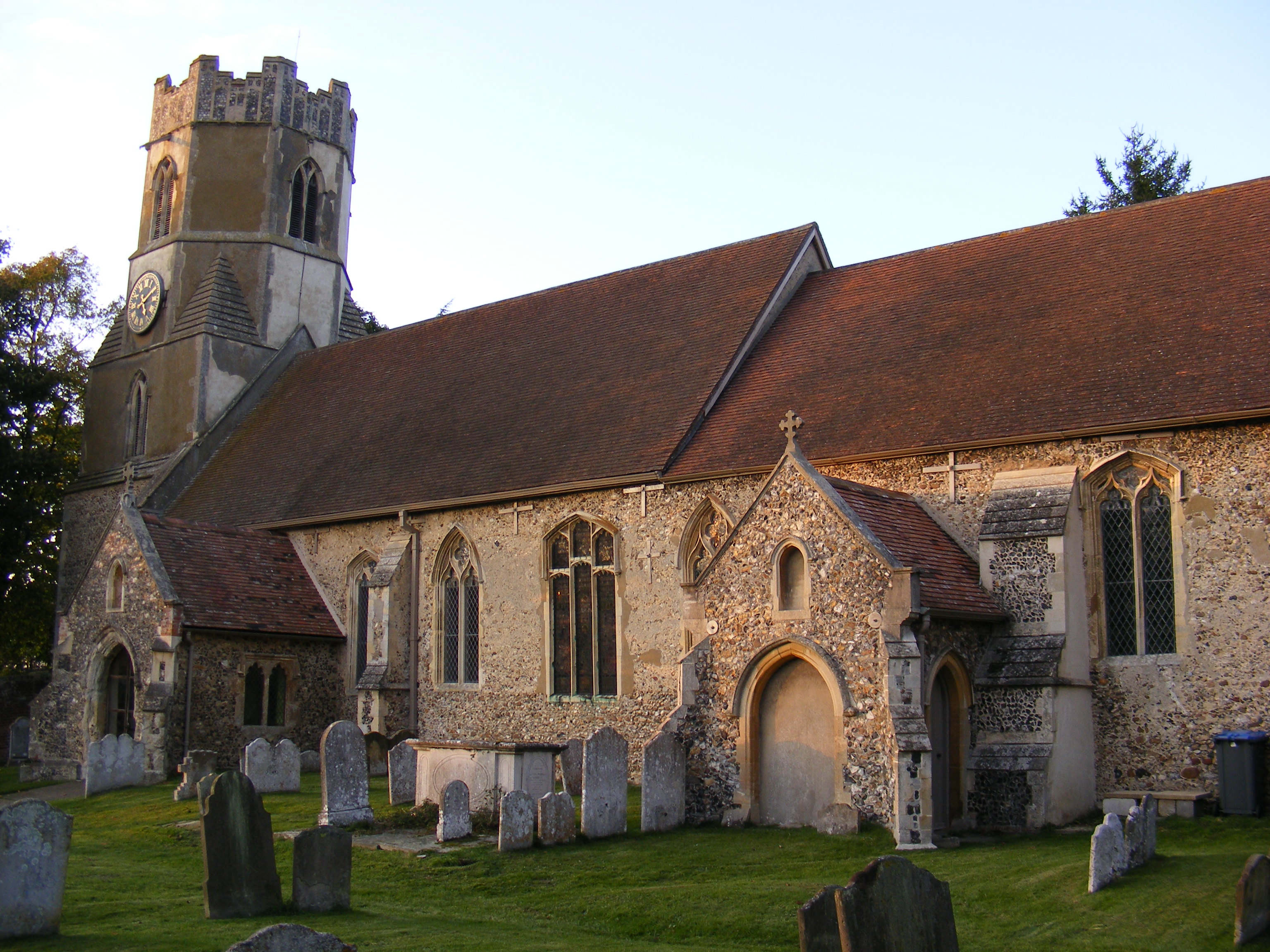Easton, Suffolk on:
[Wikipedia]
[Google]
[Amazon]
 Easton in England is situated on the
Easton in England is situated on the
Suffolk Punch Horse
{{authority control Villages in Suffolk Civil parishes in Suffolk
 Easton in England is situated on the
Easton in England is situated on the River Deben
The River Deben is a river in Suffolk rising to the west of Debenham, though a second, higher source runs south from the parish of Bedingfield. The river passes through Woodbridge, turning into a tidal estuary before entering the North Sea at ...
around three miles south of Framlingham
Framlingham is a market town and civil parish in Suffolk, England.
Of Anglo-Saxon origin, it appears in the 1086 Domesday Book and was part of Loes Hundred. The parish had a population of 3,342 at the 2011 census and an estimated 4,016 in 20 ...
and is the former estate village of Easton Park, one-time seat of the Duke of Hamilton
Duke of Hamilton is a title in the Peerage of Scotland, created in April 1643. It is the senior dukedom in that peerage (except for the Duke of Rothesay, Dukedom of Rothesay held by the sovereign's eldest son), and as such its holder is the pr ...
. The population of the parish at the 2011 Census was 331.
William Douglas-Hamilton, 12th Duke of Hamilton
William Alexander Louis Stephen Douglas-Hamilton, 12th Duke of Hamilton, 9th Duke of Brandon, 2nd Duke of Châtellerault KT (12 March 1845 – 16 May 1895), styled Marquess of Douglas and Clydesdale until 1863, was a Scottish nobleman.
Early ...
, died without male issue in 1895 and the title passed to his fourth cousin, who became Alfred Douglas-Hamilton, 13th Duke of Hamilton. Although the Dukedom and estates had passed, a large share of the Hamilton lands and properties, including Easton park, went to Lady Mary, the 12th Duke and Duchess's only child.
After World War I
World War I or the First World War (28 July 1914 – 11 November 1918), also known as the Great War, was a World war, global conflict between two coalitions: the Allies of World War I, Allies (or Entente) and the Central Powers. Fighting to ...
, the British government imposed colossal taxes on the rich to help defray the cost of the war. Faced with these taxes and with the cost of restoring Easton Park from it use as a Red Cross Hospital during the war, the late-12th Duke's daughter the Duchess of Montrose and her husband James Graham, 6th Duke of Montrose, decided to sell the estate.
The land was divided into 137 lots and sold by auction in 1919. The sale attracted a great deal of attention and raised £58,000 (£4.6 million today) but Easton park itself (often referred to as 'the Mansion') and its 150-acre parkland remained unsold. It was sold privately for £11,278 (£900,000 today) and the parkland was transferred to Martley Hall. With very little land the Mansion's fate was sealed and in December 1924 demolition began. Some of the artifacts were removed and incorporated into Martley Hall and other local houses.
Easton is still home to the pack of hunting hounds established by the 12th Duke in the 19th century. The pack of harriers was established and funded entirely by the duke, much to the delight of the local landowners and farmers. Following his death in 1895, the committee received the Dowager Duchess's permission to name the pack the 'Hamilton Hounds' in his memory. Since the succession of the 13th Duke and the consequent split of Easton away from the Hamilton estate, the connection between the family and the hunt has waned. The hunt is now called the Easton Harriers and is still an integral part of the village, and shows good sport in the local area.
Easton is also the home of Easton Farm Park, a farming museum with a selection of rare breeds and depicting other countryside related activities.
References
*http://easton.onesuffolk.net/village-info/history-part-1/Suffolk Punch Horse
{{authority control Villages in Suffolk Civil parishes in Suffolk